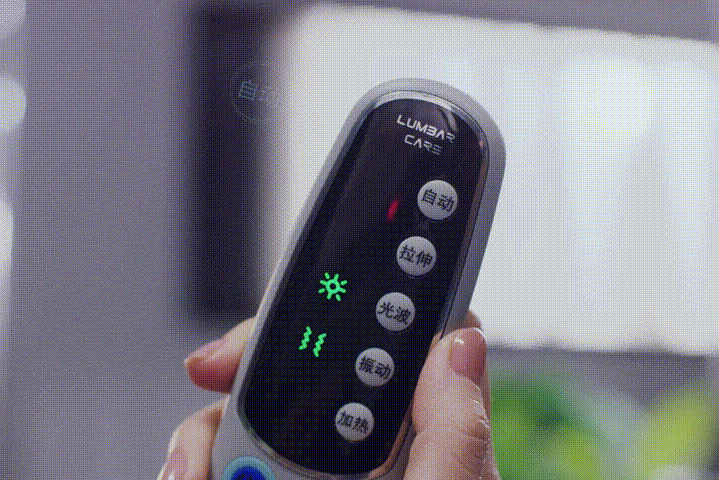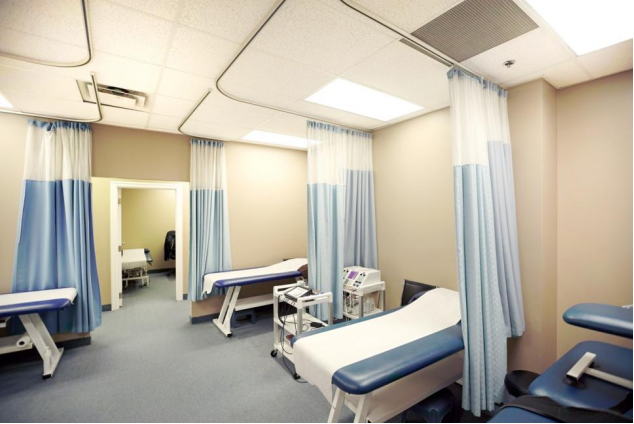Winter’s Start: A Guide to Protecting Your Lower Back

The Winter Chill and Your Aching Back: Why You Feel the StrainIt’s the Winter Solstice, and as the temperatures plummet, you might be noticing a familiar, unwelcome guest: lower back discomfort.
Think about your morning routine. Does bending to tie your shoelaces now require a subtle, two-second “brace” before you can stand up straight? Do you find yourself instantly reaching for a backrest pillow the moment you settle onto the sofa at night?
It’s frustrating. You haven’t been lifting heavy boxes or running a marathon, yet your back is already complaining. What gives?

The drop in temperature is actually a major culprit. These three factors explain why your lower back feels the strain as the weather gets colder:
- Muscle Tension from the Cold: When the outside temperature dips, your body tries to conserve heat. Blood vessels in your lower back constrict, which in turn increases muscle tension. If you’re sitting for long periods, this cold-induced tightness significantly increases the pressure on your lumbar spine.
- Heightened Pain Sensitivity: Low temperatures make the soft tissues in your lower back more sensitive. What might be mild muscle tension in the summer can register as noticeable soreness and stiffness in the winter.
- Slower Recovery: Colder weather slows down local blood circulation. This reduced flow means metabolic waste isn’t cleared out as efficiently, slowing down your lower back muscles’ natural ability to repair and recover.
🔑 Three Tips for a Cozy, Pain-Free Back
You don’t need a total overhaul to keep your back happy this winter. Here are three simple, effective steps:
1. Warm Up and Wind Down
Before bed, grab a hot water bottle (around 40℃/104°F) and apply it to your lower back for about 10 mins. Pair this with a “lower back rub”—simply rub your hands together until they are warm, then use them to massage the key points on your lower back. This simple routine drastically helps improve local circulation.

2. The 3-Minute “Secure Motion” Break
The biggest enemy of a happy back is prolonged sitting. Make it a rule to get up and move every 30 minutes. Try these quick “lower back relaxation exercises” during your break:
- Wall Sit: Stand with your back against a wall, slide down until your thighs are parallel to the ground, and hold for 30 seconds. (This strengthens your core and lower back muscles, helping to counteract muscle tension.)
- Standing Side Stretch: Raise your arms and slowly bend to the side, holding the stretch for 10 seconds on each side. (This relaxes the lumbar fascia, reducing the risk of painful muscle spasms.)

3. Consider an Auxiliary Tool: The Alphay Lower Back Stretching Massager
Autumn and winter often bring stubborn stiffness and poor circulation. Tools like the Lumbar Stretching Massager offer supportive relief:

Its functional design uses dynamic push-up action to gently disperse pressure on the lumbar spine, stretching and relaxing it segment by segment. This is often combined with 3 levels of constant heat therapy to promote circulation, and features like light wave irradiation and multi-frequency vibration to target the core area. It’s a great solution for melting away stiffness from prolonged sitting and reducing overall lumbar pressure, whether you use it at the office or while relaxing at home.
The early winter chill often sneaks up on your lower back unexpectedly. Protecting it shouldn’t be a complicated chore—just remember to “add an extra layer” of warmth when you go out, and always move after a long spell of sitting.
After all, taking care of your lower back is never an emergency fix; it’s a gentle, seasonal companionship. Adopt these habits now, and you can easily stretch, bend, and feel comfortable through every cold day ahead.







